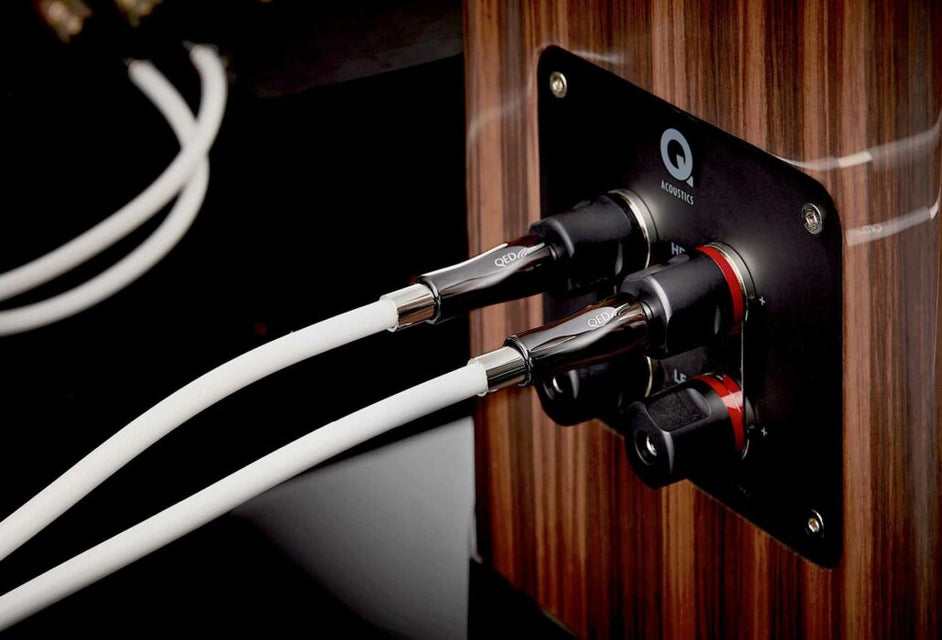3 Common Mistakes to Avoid When Purchasing Speaker Cables

Selecting the right speaker cables is more complex than it seems. Embarking on the journey of setting up a new hi-fi system is an exhilarating experience, from meticulously researching options based on reviews to experimenting in stores. However, amidst the excitement of choosing amplifiers, turntables, and speakers, it's easy to overlook a crucial step: selecting the appropriate speaker cables to connect everything. Despite being a seemingly simple component, choosing the wrong cable can have significant consequences. Here are three key mistakes to steer clear of when buying speaker cables.
Blind Purchases:
A prevalent rookie mistake is assuming that all speaker cables offer similar performance. Contrary to this belief, speaker cables play a pivotal role in either enhancing or compromising the performance of a hi-fi system. Regardless of how exceptional your hardware may be, a subpar cable can detrimentally affect its performance. To avoid this pitfall, it's essential to research and select a cable that complements your system's characteristics. Rather than solely relying on star ratings or generic recommendations, consider reading reviews and experimenting with different combinations in-store. Seeking advice from the amplifier manufacturer or in-store experts can also provide valuable insights. Additionally, allocate a reasonable portion (around 10-15%) of your budget towards purchasing quality cables.
Measurement Precision:
When purchasing speaker cables sold by the meter, accurately measuring the space for your system setup is crucial. Nothing is more frustrating than realizing you've purchased insufficient cable length after setting everything up. This is particularly important if you plan to use bare cable ends, as stripping the ends reduces the overall length. Ensuring equal lengths for the left and right channels not only facilitates better cable management but also maintains consistent impedance values, thereby optimizing audio quality.
Product Verification:
Understanding the specifics of your purchase may seem straightforward but is often overlooked. Online retailers sometimes use images of cables with additional features like banana plugs, which may not be included by default. Therefore, carefully reading the product description is imperative to ensure you know exactly what you're purchasing. Moreover, if opting for bare cables, investing in proper tools such as cable cutters and strippers is essential. Attempting a DIY approach with inadequate tools increases the risk of wire damage and personal injury.
In conclusion, avoiding these three rookie mistakes can significantly enhance your experience when purchasing speaker cables. By conducting thorough research, accurately measuring your space, and verifying product details, you can ensure optimal performance and longevity of your







